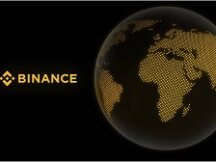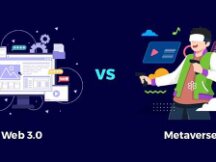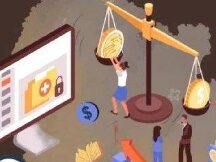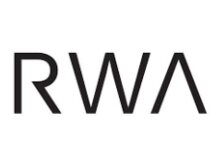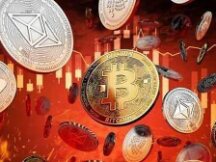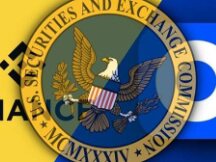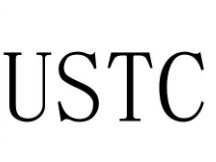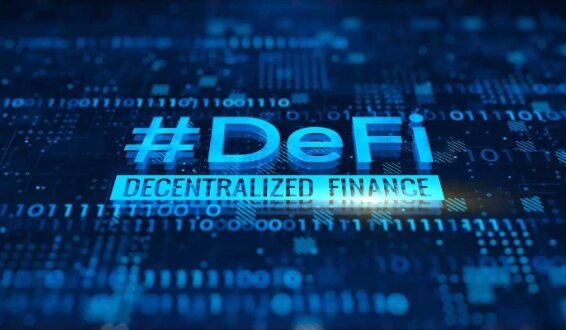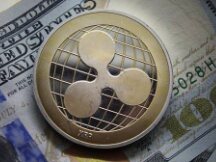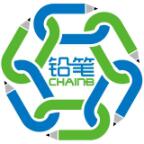However, who owns Web3?
Web3 has become more and more popular, especially with the descriptions of Web3 users. So who owns Web3? Pomp recently published an article describing the owner of the Web3 issue.
The term "Web3" has taken the tech world by storm. It is used to describe the Internet overhaul, which includes the belief of supporters of Web3 that decentralized protocols and tokens will become key features of the new process. . Thousands of entrepreneurs and entrepreneurs are betting on the time, money and energy of this new technology which will become a thing of the past. Thousands of people think that the whole Web3 system is just one way to support its members and not to be successful.
Wherever you are in the discussion, I think it would be interesting to explore the question "Who owns Web3?" To do this, you can look at the tokens giving a history of the different functions.
First, take a look at the initial distribution of Solana tokens (source: Messari):

The second example is the initial distribution of Uniswap tokens.

These two examples illustrate some important points. The working group usually owns 20-30% of the tokens, while the trader owns 15-50% depending on the number of tokens sold before the announcement. Additional symbolic items can be used for a variety of activities such as pre-mining gifts, airdrops, crops, and financial ecosystems.
The following is a summary of the token distributions for various functions.

This is interesting because a recent study concluded that the founders of a company called "Web2" owned around 15% of the company at the time of the IPO. While this comparison isn't perfect (not all designer / project tokens are developer specific), compared to Web2 developers, Web3 developers seem to be able to save more money on the products they create. .

But that still does not answer the question "who owns Web3?".
In these ecosystems, groups of people with tokens fall into three categories: they are groups, entrepreneurs and communities. In the traditional Web2 world, ultimately only the group and business people are associated with the company, so the Web3 world has the advantages of capital and the need to gain experience. Web2 has already tried these models, but without success. Airbnb attempted to give shares to the platform owner, while Uber attempted to give shares to its drivers. Accreditation of assets as fair means that the law prohibits these companies from doing so.
Okay, back to the owner of Web3. Whether you are a designer, early worker, or project consultant, your efforts will be covered by the team. It is no different from a traditional product.
The biggest controversy in the Web3 world concerns entrepreneurs. Obviously, the more decentralized the project, the more critics will complain that members of large venture capitalists (venture capitalists and private equity funds) oppose its objective. Whether or not this is true, it is important to keep in mind that real investors are not the investors themselves.
For example, when Sequoia Capital invests in a business or project, the membership is usually in the hands of nonprofits and schools. The following is an excerpt from the Sequoia website.
“Sequoia Capital Investments often represents nonprofits and schools. Organizations such as the Ford Foundation and Boston Children's Hospital form the most important partnerships.
The average investment income of a venture capitalist is 20%, so if the company owns 30% of the tokens for the project, the nonprofit LP will have 24% of the tokens and the venture capitalists will contain approximately 6% of the tokens. . . This does not mean that it is or is bad for venture capitalists to have a lot of tokens, but it is important to understand that whoever owns the tokens, not who wants them.
The next point is that Web2 is a big business and a Wall Street business. Chris Dixon of A16Z tweeted to ten holders from various state-owned companies:




As can be seen in these works, most of the bigger jets are the bigger cars of Vanguard and his friends. The tools used in this manual are generally sourced from traders and / or retirees. So like mad people, capital limited partnerships are nonprofits, foundations, and retirees. These entrepreneurs became Web2 business owners thanks to this passive approach. inseparable from it. The difference is whether Wall Street or Silicon Valley will pay for the distribution rights.
Finally, the Bitcoin community believes that no investment is required to build the network. This is one of the strongest arguments put forward by the communities. However, starting the network does not necessarily affect the current state of the network. What do you mean? Wall Street and Silicon Valley have thousands of dollars in their hands.
Use Greyscale Bitcoin Trust as an example. They now own over 3.4% of Bitcoin. It is also the world's largest Bitcoin investment product, with only one investment product accounting for a significant portion of all Bitcoin in circulation. We also have to say that Satoshi Nakamoto holds around 1 million Bitcoins which would make him the largest Bitcoin holder in the world.
Next, let's take a look at the listed companies that hold Bitcoin. MicroStrategy has over 124,000 bitcoins on its balance sheet, Tesla has over 43,000 bitcoins, Square has over 8,000 bitcoins, and many bitcoin mining companies combine to have thousands of bitcoins. I have parts. This means that global trading companies own around 1% of all Bitcoin in circulation.
This analysis has not yet taken into account the fact that most crypto assets have been held at intermediary or exchange rates. For example, according to the report, Coinbase has over $ 90 billion in assets and once owned 11% of all crypto assets in the market.
So what are the bottom lines on who owns Web3?
In short, who owns the Web2 company and who owns Bitcoin. While Bitcoin appears to affect the ownership of these three assets, Web2 and Web3 are not following public guidelines. Ultimately, ownership of an asset depends on its ability to convert other assets (whether fiduciary or not) into assets. In fact, the rich and the rich could afford to buy a lot of wealth.
Today's heritage examples should not be compared to real-time snapshots. Instead, you have to watch how the change changes. The number of members of Web2 companies is constantly increasing. At the same time, joining Bitcoin has become fair. Web3 tokens are still in the air. Will it make it stronger or will it fall apart over time? Nobody knows, but that would be the most important question when answering "Who owns Web3?"

Scan QR code with WeChat
